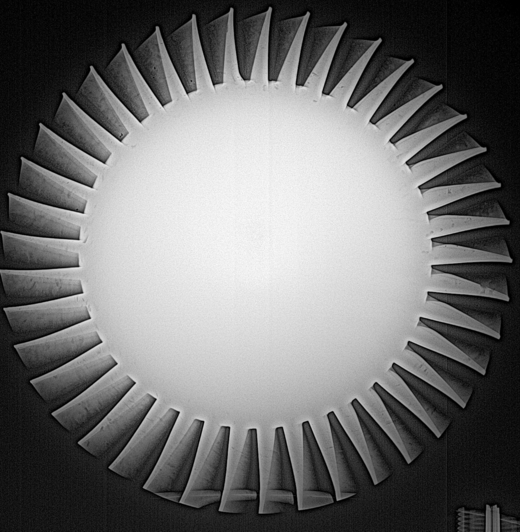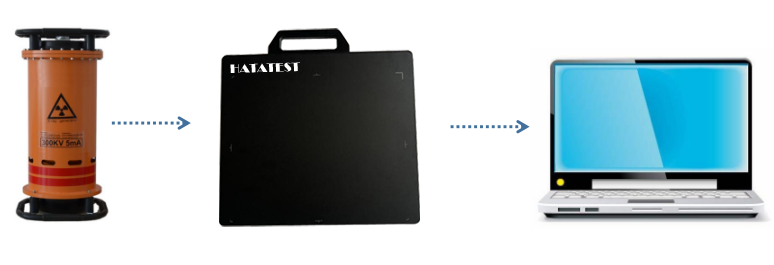With the rapid development of the defense industry, composite materials are increasingly used in aircraft and engines. The parts used extend from the secondary bearing structure such as the empennage and the rudder surface to the main bearing structure such as the wing. The structure is simple. The beam type and plate type structure develop toward the sandwich structure and the overall complex structure, and the manufacturing process is also developed from the autoclave process to RTM (resin transfer molding) and VARI (vacuum assisted molding process). Aviation fiber reinforced polymer matrix composite parts are classified according to structural form, mainly including laminate structure, slab bonding structure, core sandwich structure, etc.; according to shape classification, mainly slab, curved surface, cavity, etc.; Process classification, mainly including autoclave process, RTM process, winding process, co-curing process, etc.
Taking the large aircraft C919 as an example, the parts made of composite materials have large-sized composite siding structure (horizontal tail, vertical tail), honeycomb sandwich sandwich structure (moving surface), large curvature variable cross section (rear body) and other complexities. structure.
The rapid development of aerospace composite materials and parts has put forward higher requirements for non-destructive testing technology. The main defects in composite parts are delamination, debonding, inclusions, pores, etc. However, the variety of composite parts for aviation brings great challenges to non-destructive testing. The main difficulties are:
1 In composite materials with different structures and different manufacturing processes, the manifestations of defect signals are different;
2 The non-destructive testing of complex structural parts is poorly accessible;
3 Different types of composite materials are suitable for non-destructive testing methods.
In the past ten years, in order to meet the needs of non-destructive testing of rapidly developing aerospace composite materials and parts, domestic non-destructive testing technicians have gone through painstaking research and practice, and with reference to foreign advanced technology, the domestic testing level has been improved, The level of NDT technology for domestic aerospace composite materials has been greatly improved.
Application status of X-ray inspection technology

The ray detection of composite materials mainly uses the advantages of ray detection to be sensitive to volumetric defects, and detects defects such as deformation, cracking, inclusion, and accumulation of materials. In recent years, digital ray technologies such as DR (direct digital flat panel X-ray technology), CR (computerized radiography), and CT (computerized tomography) have developed rapidly, and the ray detection of composite materials has realized real-time display and digital storage of results. .
-
 Sales@hata-ndt.com
Sales@hata-ndt.com -
 +86 371 63217179
+86 371 63217179










